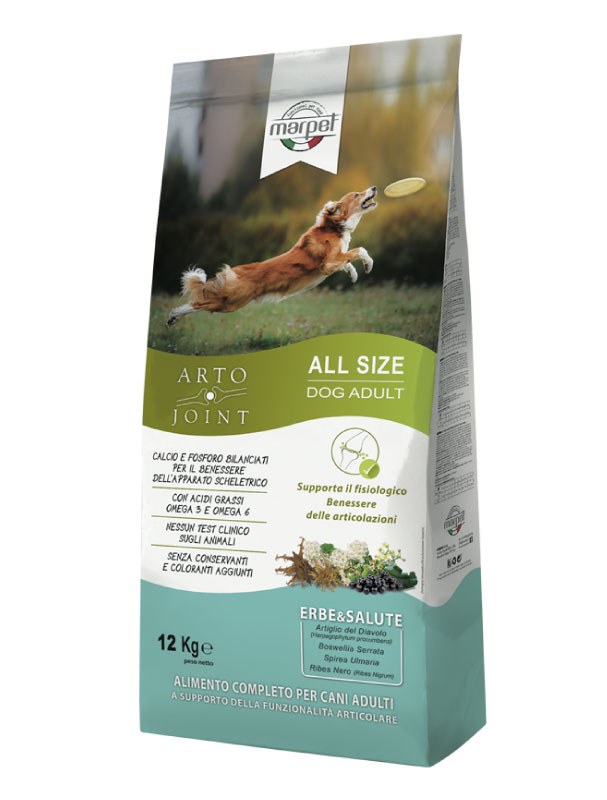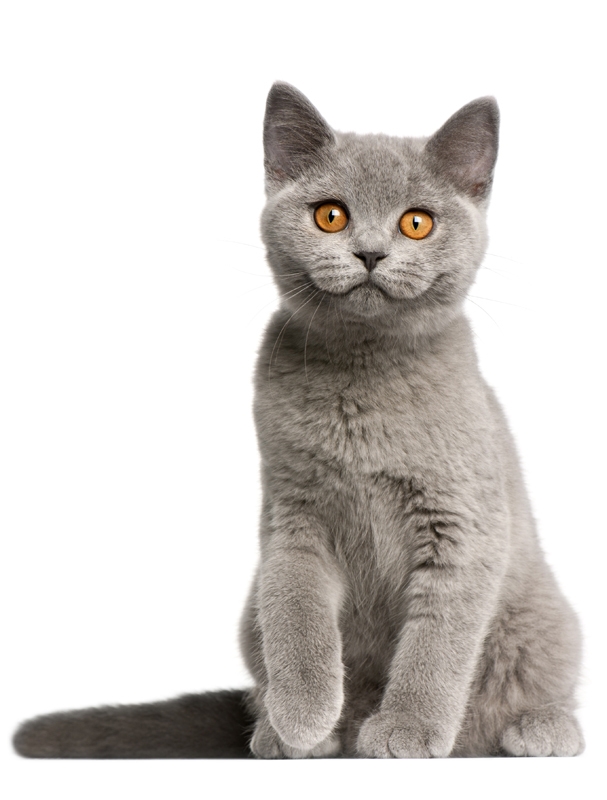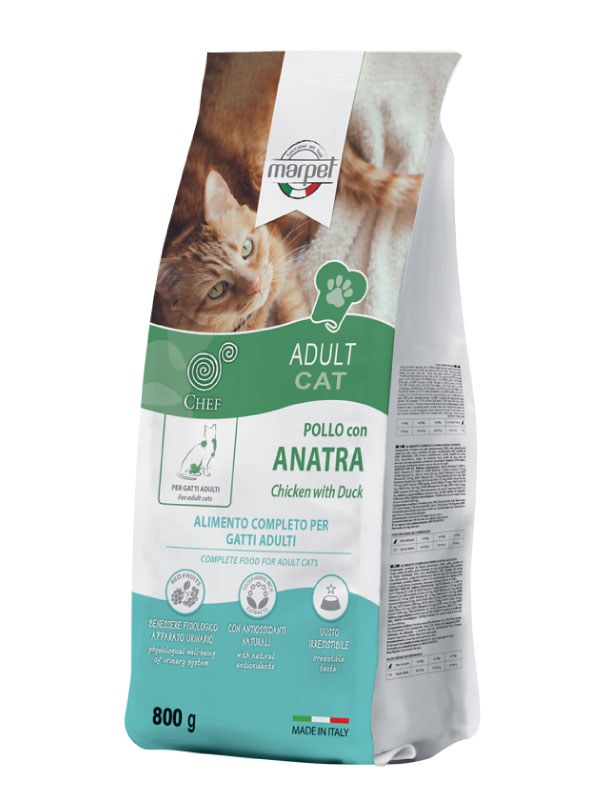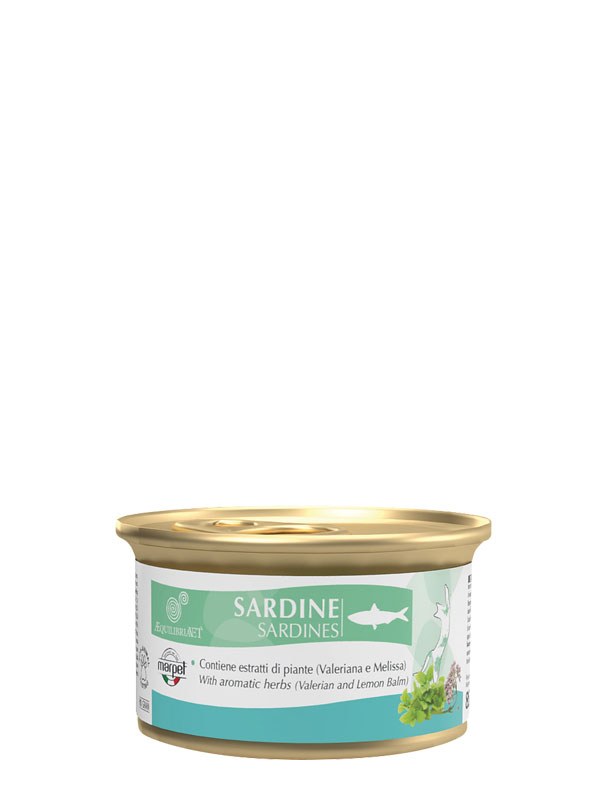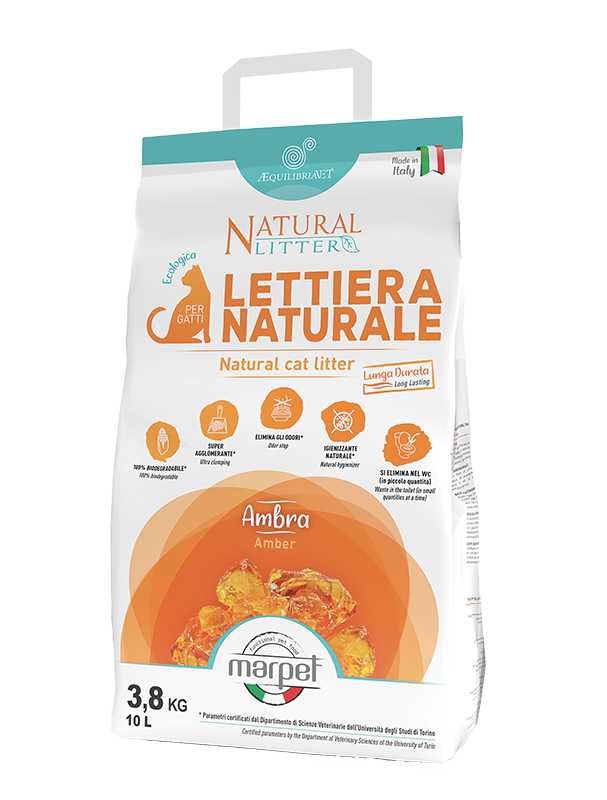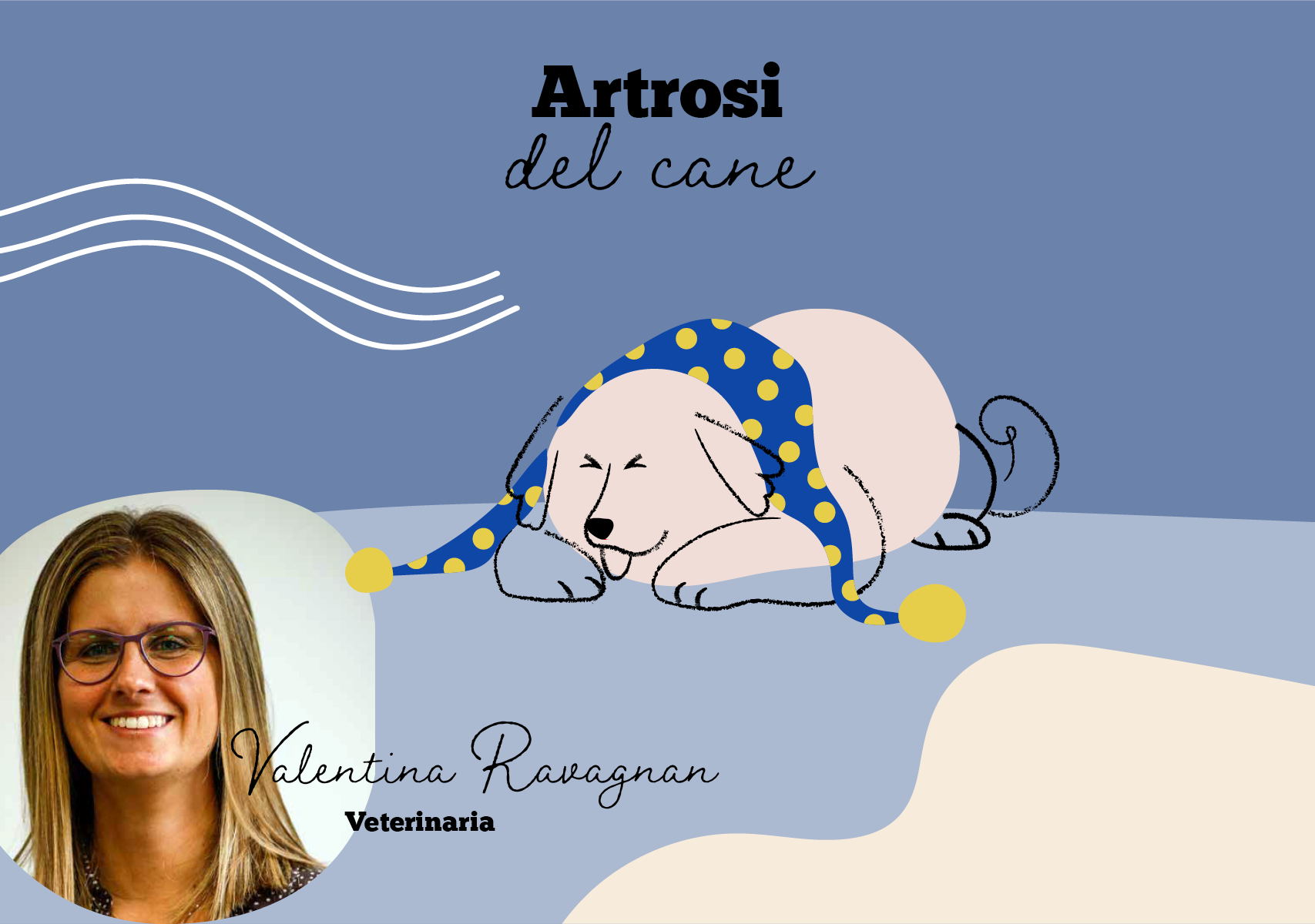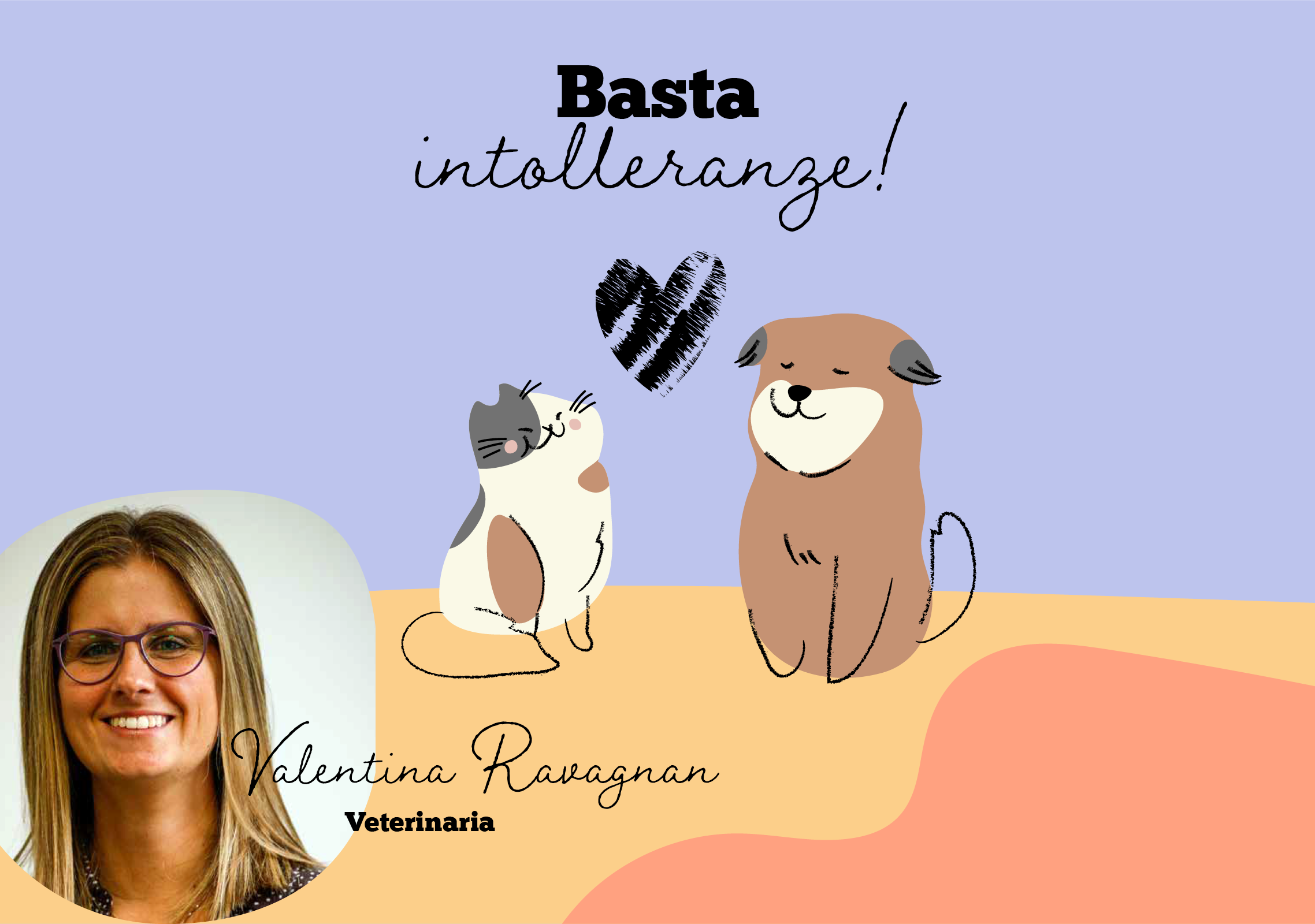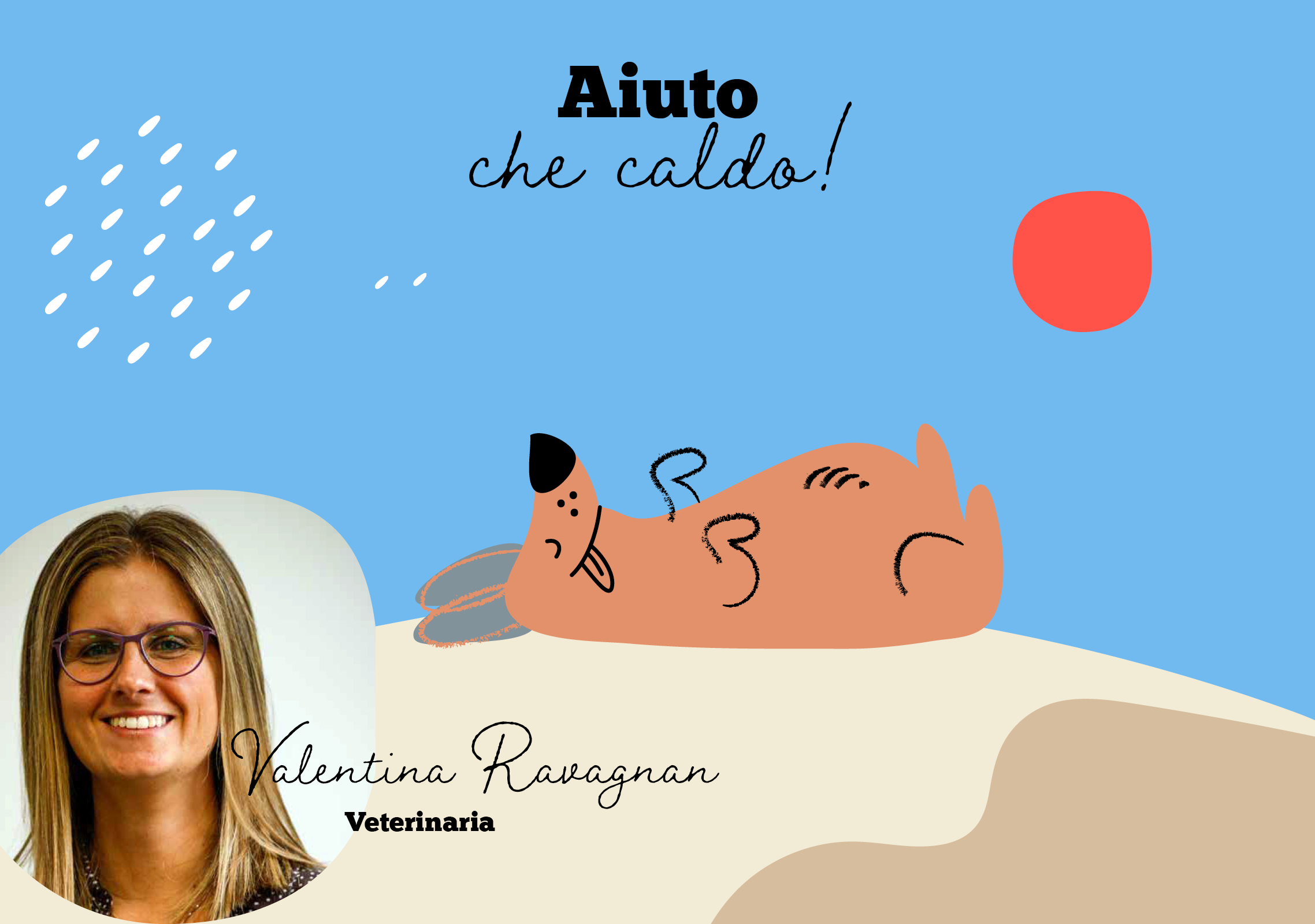IS MY CAT STRESSED?
The cat is now known to be a very sensitive and susceptible animal. Its territorial nature means that it carefully classifies the spaces at its disposal, dividing them into areas dedicated to activity (such as feeding, playing, hunting or eliminating) and isolation, where it can rest (usually in high areas where it has control of the environment around it). This careful organisation of its territory is managed by means of pheromones and thanks to these it feels at ease in its environment. Sometimes, however, changes in the environment or the presence of new individuals can call this delicate balance into question, causing stressful situations to which the cat may react in different ways.
For this reason, when you notice strange or unusual behaviour in your cat, the first thing to do is to try to understand what may have caused this change.
There are some signs of discomfort that you should take into account when they occur in order to help your cat regain balance.
Inappropriate Elimination
You may have come across unpleasant surprises from your cat, such as urine or faeces outside the litter tray, on the sofa, on the bed or near some of the furniture.
This behaviour is a typical sign of discomfort and may have different causes: firstly, it may be a symptom of a pathology, such as cystitis or a urinary infection, which causes pain when your cat urinates, leading to these attitudes, which is why it is important to check with your vet. But don't forget that sometimes this behaviour can be caused by the fact that you have changed the type of litter box and your cat doesn't like it, or you have changed the location of the litter box and your cat doesn't like this move. In other cases, it can be used to mark the territory, as pheromones are present in the urine.
Scratching
The scratching or "nailing" behaviour is necessary for the cat to release pheromones into the environment and to establish its territory. Sometimes this attitude involves furniture or sofas or objects that the cat has not previously targeted. If this happens, it is important to understand what has changed in the environment because, even in this case, the marking attitude with the nails is never without a specific reason and can be induced by stressful situations of various kinds. Examples of this can be the moving of furniture or the arrival of a new piece of furniture or even the presence of a new occupant that was not there before (such as a child or another cat/dog), which triggers in the cat the need to re-establish certain boundaries and can only do so with pheromones.
Aggression
In some cases, the breakdown of an equilibrium in the cat's environment can lead to a situation that is so stressful that our kitten will have aggressive attitudes, which it may never have had before. This aggression can be directed towards other cats or even humans, apparently without any precise reason. Also in this case, it is important to understand well, above all with the help of your vet, which are the reasons that cause this uneasiness and this reaction.
Some "anti-stress" advice
There are many tricks that can be adopted to reduce stressful situations for our beloved felines to a minimum.
First of all, the enrichment of the environment is very important and is not always taken into consideration: our cats are often alone during the day, so providing them with objects or an environment that can make them active is certainly useful. Perhaps a window available for looking outside or even better the possibility of being able to go out and explore the outside environment, or the position of scratching posts or even some structures with hammocks or different heights where they can play.
Don't forget that it is important for them to interact and it is therefore our duty to be able to dedicate time to play together, not necessarily hours, but quality time dedicated just for them.
Another aspect to consider is that the number of litter trays must be adequate for the number of cats: usually the rule is that each cat must have its own litter tray, as well as water and food bowls. And remember that the food must be placed away from the litter tray, as we humans do not eat in the bathroom, so the same attention must be paid to them, as they are extremely clean animals.
Finally, do not forget that age can play tricks on them and that stress can often appear in elderly cats as a form of frustration due to the fact that the cat cannot keep up with the other animals in the house as it used to or because it can no longer do what it used to do (such as jumping). Therefore, always respect the same order in which you feed the animals, especially with older animals, and in the case of more fragile animals, possibly give them a place where they are not disturbed.
We can therefore say that there are many signs that are indicators of stress in cats that must be investigated carefully to exclude stressful situations due to pathologies of organic origin or behavioural problems that have arisen for different reasons. In the latter case, it is also often useful to use products with a relaxing action or food with plant extracts that help cats to adapt to difficult situations and feel good in their environment, reducing undesirable stress-related behaviour.
Discussions with your veterinarian are essential, and the support of a veterinary behaviourist even more so, in order to find the right balance and state of wellbeing for your beloved feline.
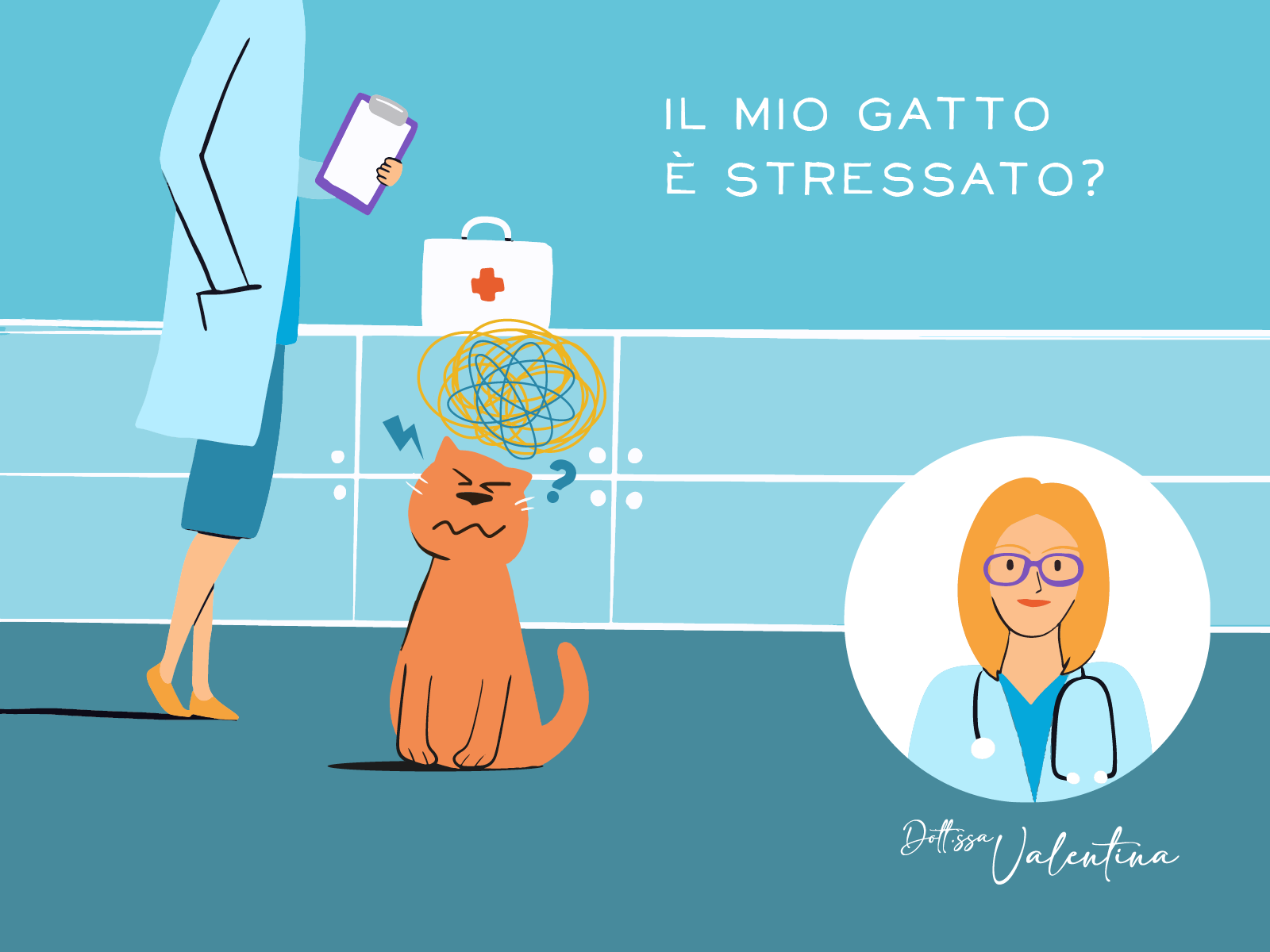
The arrival of autumn and the resulting cold weather is certainly a time of great interest for anyone with a dog or cat, especially if the animal is elderly or suffers from joint problems.
I prodotti monoproteici hanno preso parecchio spazio sugli scaffali dei nostri petshop preferiti. Ma cosa vuol dire alimento monoproteico?
Especially during the hottest months of the year, thermal changes and high temperatures can be really dangerous both for us humans and for our inseparable animal friends. What are the risks of so-called heatstroke? And what are the best ways to prevent its consequences? Let's find out together!


